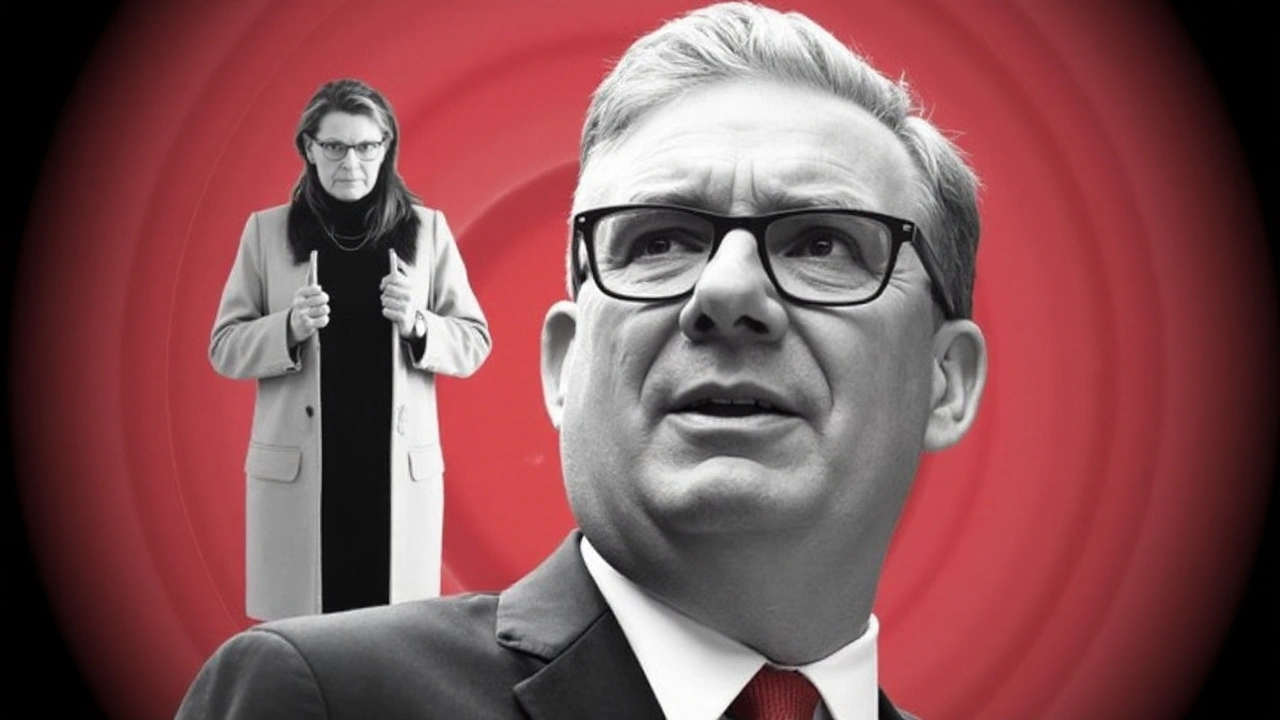Cabinet Reshuffle Explained – Why Teams Keep Switching Line‑Ups
Ever wondered why a manager suddenly drops a starter or brings in a youngster? That’s a cabinet reshuffle. In football, rugby, and even hockey, coaches shuffle the squad to fix problems, cover injuries, or chase a tactical edge. The term sounds fancy, but it’s just a way of saying the line‑up has changed.
How a Reshuffle Impacts the Game
A reshuffle can change the whole vibe of a match. If a key defender goes out, the back line might look shaky. That gives the opposition more chances to score. On the flip side, inserting a fresh winger can add pace and break down a tired defense. The effect isn’t just on the field; it also sends a message to the players. A starter who gets benched knows he has to work harder. A benchwarmer who gets a chance feels motivated.
In hockey, the same idea applies. When a defenseman is sidelined, coaches might push a forward back to fill the gap. That can affect the team’s power‑play set‑ups and penalty killing. The change can be subtle, like moving a player from the left side to the right, or big, like swapping the starting goalie.
Fans also feel the ripple. A sudden reshuffle can spark debate on social media, boost ticket sales for the next game, or even affect betting odds. The bottom line is that a reshuffle is a tool. Use it well, and you can turn a bad run into a winning streak.
Recent Examples You Should Know
One headline that made the rounds was “Manchester United Missing Mazraoui for Brentford Clash.” United’s defender got injured, so manager Ruben Amorim named youngster Diego as the replacement. The squad had to reshuffle its back line, and the whole team felt the pressure. That situation shows how an injury forces a quick cabinet change.
In hockey, a popular post on Howzat Hockey Hub asked, “What is the nature of hockey game?” while another explained why player fights happen. Both topics tie back to reshuffles because a fight can lead to a player’s ejection, forcing the coach to adjust the line‑up mid‑game.
Another recent read talked about how points work in the NHL. Understanding the points system helps fans see why a coach might reshuffle the roster before a crucial game – a win gives two points, an overtime loss only one. Every point matters, so managers try to field the strongest possible line‑up.
There’s also the story about the NHL switching home jerseys to dark colours in 2003‑04. That change didn’t affect the line‑up, but it reminded fans that even uniform tweaks are a kind of reshuffle – they change the visual identity of a team.
All these examples show that a cabinet reshuffle isn’t just a football thing. It’s a universal tactic across sports, and it can happen any time a manager spots a weakness or an opportunity. The key for fans is to watch the line‑up announcements, notice who’s in and who’s out, and think about how those moves could change the game plan.
So next time you hear “cabinet reshuffle,” you’ll know it’s more than a buzzword. It’s a sign that a team is trying to fix something, seize a chance, or simply keep the competition guessing. Keep an eye on the news, follow the match previews, and you’ll spot the reshuffle before it even hits the pitch or rink.
Angela Rayner resignation rocks Starmer government: rapid reshuffle exposes Labour rifts
Deputy Prime Minister Angela Rayner quit after an ethics probe found a breach of the ministerial code over tax on a flat purchase, forcing Keir Starmer into a fast cabinet reshuffle. David Lammy becomes Deputy PM, Yvette Cooper moves to Foreign Secretary, and Shabana Mahmood takes the Interior brief. The fallout tests party unity and Starmer’s authority one year after Labour’s landslide.
View More